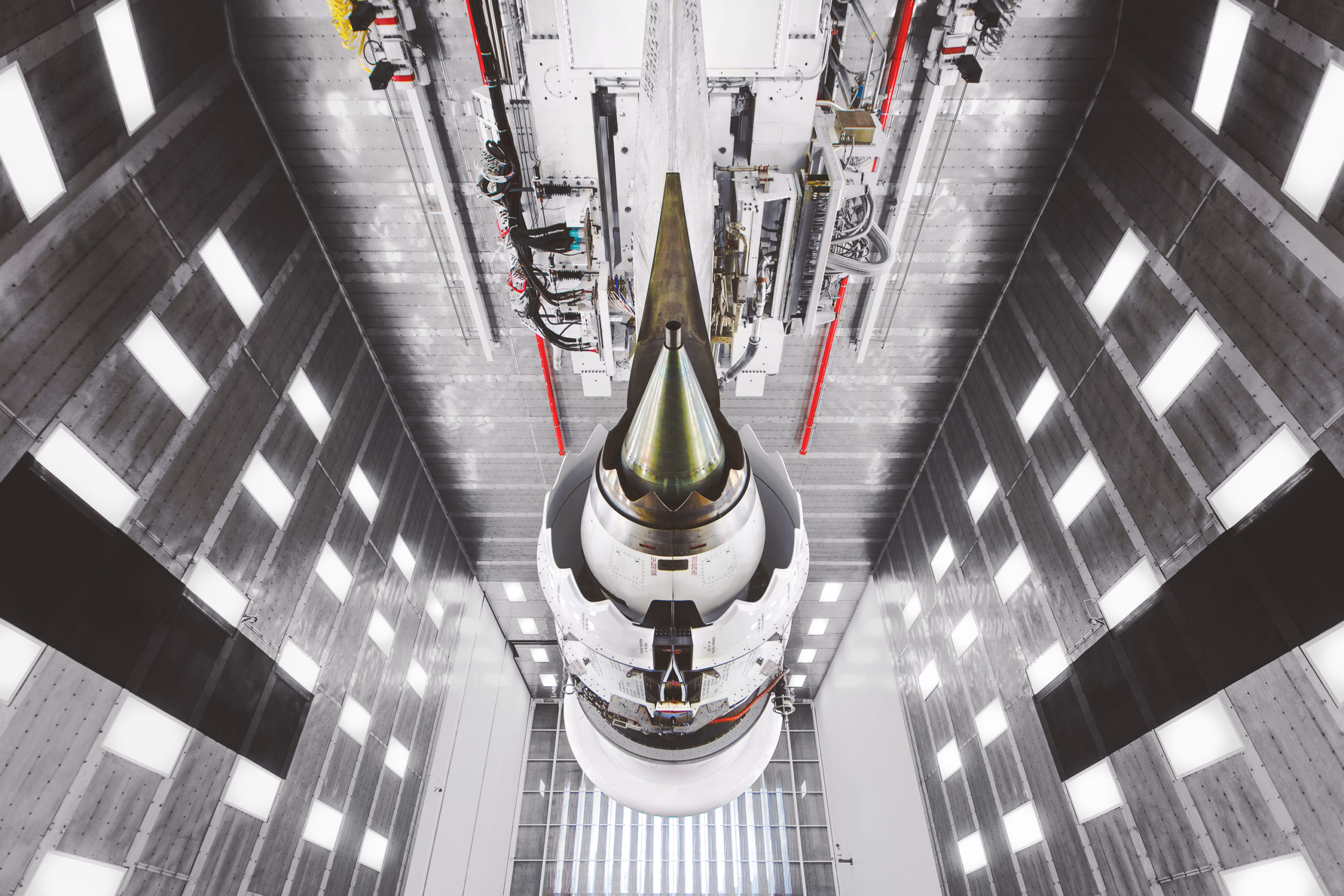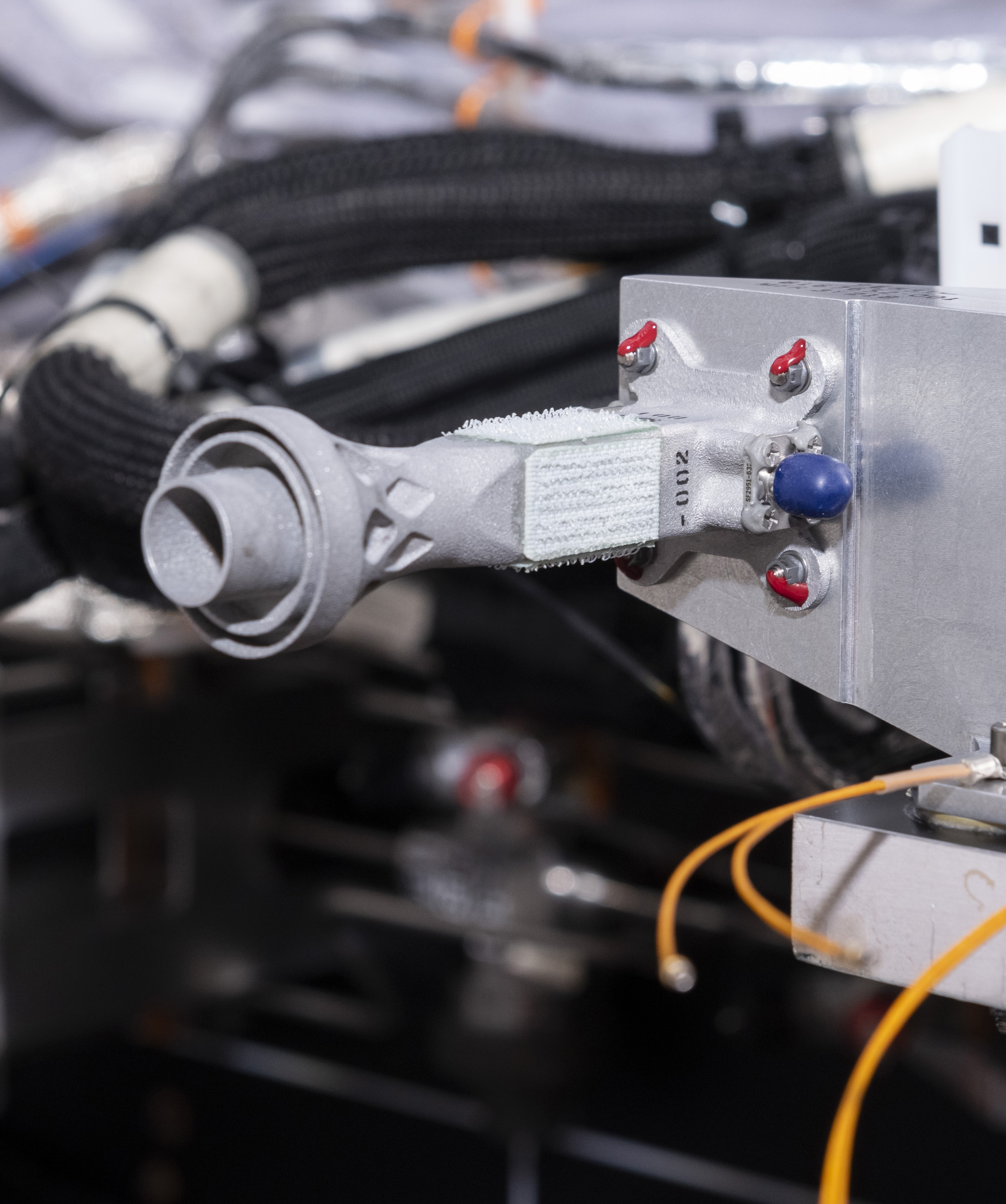During a virtual panel by Women in 3D Printing (Wi3DP), three leading experts in additive manufacturing (AM) for aerospace addressed the impact of the technology across the industry. Hosted by AM Cubed founder Kristin Mulherin and supported by AM software and service companies AlphaSTAR and Link3D, the real-time event featured Boeing Additive Manufacturing Chief Engineer Anna Tomzynska, GE Aviation Chief Engineer Deb Whitis, and Relativity Space (Relativity) Senior Engineer of Additive Technologies Eliana Fu.
The panel discussed many of the underlying challenges in AM processes, as well as the advantages of AM for aerospace and the benefits of printing in-house versus outsourcing.
Both Whitis and Tomzynska talked about how their companies were working through some big hurdles, like the need for strong partnerships between original equipment manufacturers (OEMs) and aerospace companies to ensure quality and consistency across AM machine platforms and process replicability.
In that sense, Whitis explained how crucial it is to start making modifications across the industry in order to reduce the sources of variation in the machines or at least make designs able to deal with them.
“Who takes the burden here? I think that is the struggle: for everyone to work together to get to the root of the matter of the different sources of variation. Whether it is about issues related to the machines themselves, the raw materials, pre- or post-processing, we need to rely on good communication,” pondered Whitis, who has been with GE Aviation for over 25 years, also managing the materials organization at GE Additive for two years.
The conversation quickly evolved toward Relativity’s AM approach for developing spacecraft and the benefits of 3D printing an entire rocket. For Fu, the answer was simple: lead time, which she considers the top-selling quality for AM. To prove her point, Fu, who in the past worked for aerospace manufacturer SpaceX, recalled the last time she inquired a mill about placing an order for titanium sheet for AM.
“Basically, I was told that if I were to place an order for titanium sheet today, it would take 56 weeks to receive it. I had forgotten that this kind of time frame is normal. But, as a startup you are facing competition from all the big companies, you realize you can’t really compete with that,” said Fu. “Satellite customers, for example, want to get to orbit now or soon, so what you are buying with AM is lead time—in our case, access to space faster for our customer.”
One of the key assets at Relativity is its custom made metal 3D printer, called Stargate, which the company claims is the largest in the world. By focusing on its unique high-powered laser and plasma arc technology and taking over almost the entire production of the rocket parts in house, Fu said they discovered that the learning curve has gone up significantly, resulting in faster and better iteration processes. They still choose to outsource to top tier suppliers where it makes sense, to avoid wasting time, but Relativity’s in house production is moving at speeds that Fu claims are unprecedented.
The space industry is booming as the manufacture of satellites, launch vehicles, and spacecraft continues to increase, spurring interest in technologies that can speed up part production, and AM for space applications is becoming crucial for a future in orbit. Additively manufactured parts in the space industry are forecasted to reach $4.7 billion in global revenues by 2027, according to SmarTech’s last AM for space industry report released in 2017, driving nearly $1 billion in yearly sales of AM equipment, software, and materials.
Rocket launches, space projects, and commercial endeavors have been on the rise. Even the list of countries with national space programs has seen an upsurge. Since the 1950s, the satellite industry grew at a rapid rate and, by 2019, over 2,500 active satellites were orbiting the Earth, a number that could quintuple in the next decade. This is no surprise, as hundreds of satellites will be sent to orbit by the end of this year. SpaceX alone wants the option to launch up to 42,000 satellites by 2030, albeit, not without serious concern from scientists and satellite watchers worried about a fairly crowded space environment. With so much technology in development, the design freedom provided by AM will prove ideal for the space industry.
Establishing a bridge between Earth and the space frontier is among the top priorities for many companies in the aerospace industry, but large corporations, like Boeing and GE, still need to focus a lot of their AM production on aircraft parts – for both commercial and military – which means they have to comply with strict authority guidelines, like the US Federal Aviation Administration (FAA). As Tomzynska described, really complex components lend themselves to additive, but they still need to follow stringent controls. This doesn’t apply to new tech-based space startups like Relativity. Fu believes that focusing efforts on commercial unmanned rockets means they have to be robust enough to survive a vibratory launch but give the company more leeway to take risks with additively manufactured parts.
Detailed processes and flows for qualifications are needed for any AM component that goes into a commercial aircraft. Boeing has flown over 70,000 3D printed parts over various platforms, mainly non-structural loaded components, and 90% of those were made out of polymer materials. In GE’s case, Whitis announced the company had 20 components about to be certified for GE’s additive extensions and the GE9X high-bypass turbofan engine for the Boeing 777X, apart from the 80 parts waiting to get racked and stacked. Unlike Boeing, GE’s material of choice for additive is 99% metal, just like Relativity.
When asked how to balance the advantages and restrictions that hold back the qualification processes for AM parts, Whitin said that there are significant benefits to using AM components. In addition to speed to market, weight reduction, and improved performance from designing a component that has an organic shape, companies can now go from making multiple parts to printing just one. Even though it could take quite a number of years and substantial costs to certify components, it is for good reason that the part buys its way onto the engine, both in terms of the performance and speed-to-market benefits that it provides.
Adding her perspective on how AM will help solve issues for aerospace manufacturing, Tomzynska suggested that whenever new technology becomes available to an industry, there has to be a benefit from either a cost or schedule perspective, which is why additive is an advantage. Highlighting that engineers need to find complex parts that will lend themselves well to the technology.
As one of the first electrically functioning 3D printed items that qualified for space flight, Boeing’s 3D printed metal satellite antenna is a great example of an ideal complex part improved through 3D printing. With a single 3D printed unit, the aft command antenna replaced an old design that featured multiple parts bolted together. The lighter 3D version only took one week to build, a big upgrade from the previous conventional, heavier product, which took months to make. Tomzynska said that AM parts are also made to last. The antenna is expected to stay in orbit for 15 years.
Tomzynska, who oversees additive insertions across the entire company, from Boeing commercial aircraft to Boeing Global Services, said that “for any critical component, we do all the due diligence with qualification and certification testing. At Boeing, we perform environmental tests, from static to vibration, thoroughly evaluating the application component. Since it is a new technology, we make efforts to understand the performance of that component upfront.”
The group agreed that some of the biggest obstacles in AM include educating people to design for additive instead of traditional methods; generating standard allowables for additive technology across the industry and for all aerospace companies to utilize; scaling AM processes, and certifying new materials.
Encouraged by Relativity’s 3D printer that can make massive metal objects like a rocket’s fuel tank, Tomzynska reflected upon some of the current limitations of build and volume in AM, and how large format printing is going to open up innovative opportunities for aircraft. But also cautioned that material consistency across large components might be an issue.
As the panel came to an end, Whitis reflected on how much AM technology for space had evolved in such a short time, highlighting how GE additive started out by printing a jet engine fuel nozzle but quickly expanded into a new way of thinking about systems design. She said: “we’ve made a lot of progress by redesigning our systems based on the capabilities of having this manufacturing method, it becomes much more powerful when you look beyond the component level, and more at a system level.”
Accelerating the role of AM in the aerospace industry opens new opportunities to impact the future of flight, making it interesting to see what is possible for the next generation of aircraft. Encouraged by the need to create lighter, more efficient designs, with lower costs and faster build time, the leading experts of the panel stated their desire to continue onward with the technology, eager to expand its use to solve many of the challenges that lie ahead in the industry.
Subscribe to Our Email Newsletter
Stay up-to-date on all the latest news from the 3D printing industry and receive information and offers from third party vendors.
You May Also Like
3D Printing News Briefs, April 13, 2024: Robotics, Orthotics, & Hypersonics
In 3D Printing News Briefs today, we’re focusing first on robotics, as Carnegie Mellon University’s new Robotics Innovation Center will house several community outreach programs, and Ugogo3D is now working...
Rail Giant Alstom Saves $15M with 3D Printing Automation Software 3D Spark
3D Spark has entered into a three-year deal with the rail giant Alstom. Alstom, a transport behemoth with annual revenues of $16 billion, specializes in the manufacture of trains, trams,...
Meltio Expands Global Reach with New Partnerships in the Americas and Europe
Spanish 3D printing manufacturer Meltio has expanded its sales network across the globe. With the addition of three new partners in the United States, Brazil, Argentina, and Italy, Meltio aims...
3D Printing Webinar and Event Roundup: April 7, 2024
Webinars and events in the 3D printing industry are picking back up this week! Sea-Air-Space is coming to Maryland, and SAE International is sponsoring a 3D Systems webinar about 3D...



































